A certified ophthalmic assistant is a valued member of the eye care team responsible for performing routine and assistive tasks associated with providing patient care. An individual who works in this profession is required to offer services under the direct supervision of either a licensed physician or registered nurse. Although certification is not mandatory in every state, it is very important in proving competence and for increasing one’s salary. Those who plan to pursue this career should become familiar with their certification options.
The Value of Formal Credentials
There are several benefits associated with the acquisition of formal credentials in a profession that does not require state or federal licensing. The successful completion of a national certification exam is an important step in demonstrating that an individual possesses the knowledge and skills required to provide high quality and comprehensive care to the public. The certified ophthalmic assistant is better able to compete for job openings because they have shown that they are capable of performing the skilled activities associated with highly effective and efficient eye care. In addition, certification can create more opportunities for career advancement, result in higher levels of professional satisfaction, and help justify a more competitive compensation package.
National Certification Organizations
The Joint Commission on Allied Health Personnel in Ophthalmology (JCAHPO) is the most well-respected and widely recognized testing organization for the certified ophthalmic assistant. The JCAHPO is accredited by the National Commission for Certifying Agencies (NCCA) and offers several examinations tailored to the assistant, technician, and medical technologist. The mission of the NCCA is “to ensure the health, welfare, and safety of the public through the accreditation of a variety of certification programs that assess competency.” Activities performed by the organization include the establishing of accreditation standards, evaluating compliance with the standards, recognizing those that demonstrate compliance, and serving as a resource on quality certification. Individuals who would like to learn more about the accreditation process are encouraged to contact either organization directly.
The Certified Ophthalmic Assistant Exam (COA)
The COA Exam is the lowest certification level offered through the JCAHPO and it represents an important starting point for those who want to work as an unlicensed member of the eye care team. Those who pass this level of credentialing are qualified to measure visual acuity, collect medical histories, administer an ocular medication, perform manifest refractometry, measure intraocular pressure, record pinhole acuity, test pupils, and much more. As one gains experience, they might consider pursing an exam for a technician or technologist.
Eligibility Requirements
Most people who complete the COA Exam become eligible by taking an independent study course or by graduating from a training program. The JCAHPO offers a packaged learning resource that is designed to help entry-level personnel become eligible for the Certified Ophthalmic Assistant Exam. The American Academy of Ophthalmology (AAO) also offers an independent study course that can be used to become eligible. The AAO option includes a chapter on refractive surgery concepts and procedures along with an informative chapter on practice management. The Canadian Ophthalmological Society (COS) endorses 2 home-study courses offered by Centennial College and the Southern Alberta Institute of Technology for those who live and work in Canada.
US and International training programs endorsed by the JCAHPO can be located by clicking here. If a training program was completed more than 12 months ago, eighteen JCAHPO Group A credits for each year must be submitted. Those who completed a non-clinical training program must also have 500 hours of work experience within the past 12 months while those who took an independent study course must also have 1,000 hours of work experience within the past 12 months.
Exam Specifications
The Certified Ophthalmic Assistant (COA) Exam consists of 200 questions that must be completed over a 3 hour time limit. Content area percentages include the following…
- History Taking – 8%
- Pupillary Assessment – 3%
- Contact Lenses – 2%
- Equipment Maintenance and Repair – 4%
- Lensometry – 3%
- Keratometry – 3%
- Medical Ethics, Legal, and Regulatory Issues – 5%
- Microbiology – 2%
- Pharmacology – 8%
- Ocular Motility – 3%
- Assisting in Surgical Procedures – 7%
- Patient Services and Education – 16%
- Ophthalmic Imaging – 3%
- Refractometry – 6%
- Spectacle Skills – 3%
- Supplemental Skills – 8%
- Tonometry – 4%
- Visual Assessment – 8%
- Visual Fields – 4%
Additional details and sub-content areas can be found here.

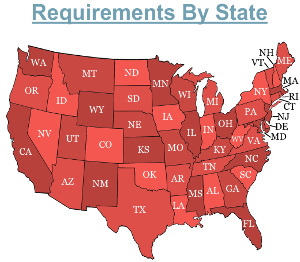
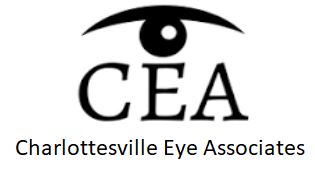
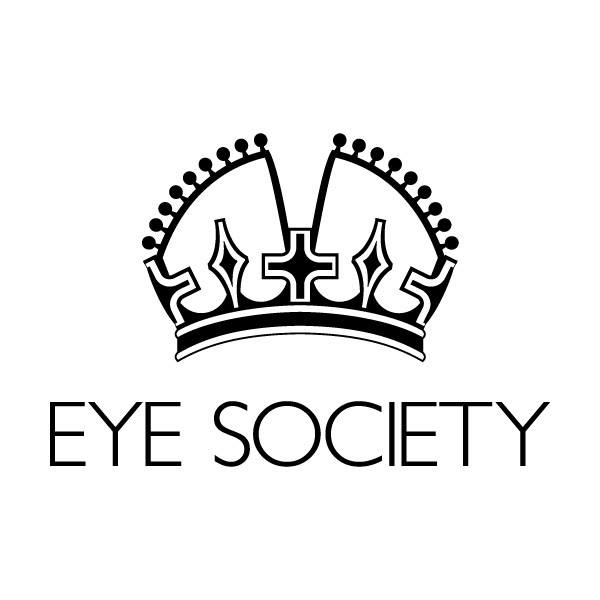

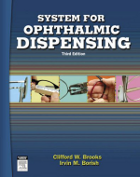
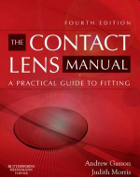
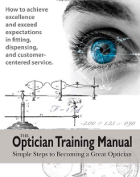
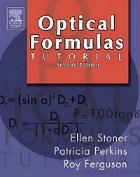
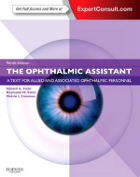
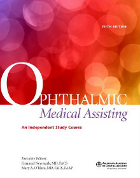
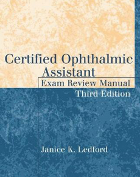
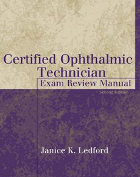
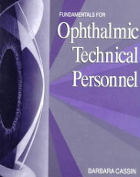
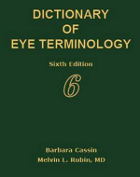
Hello. I have been a medical assistant since 2005. For the law year I have worked for an Optometrist. I would like to become certified as a optical technician. Please send me more information.
Thanks sincerely,
Nicole